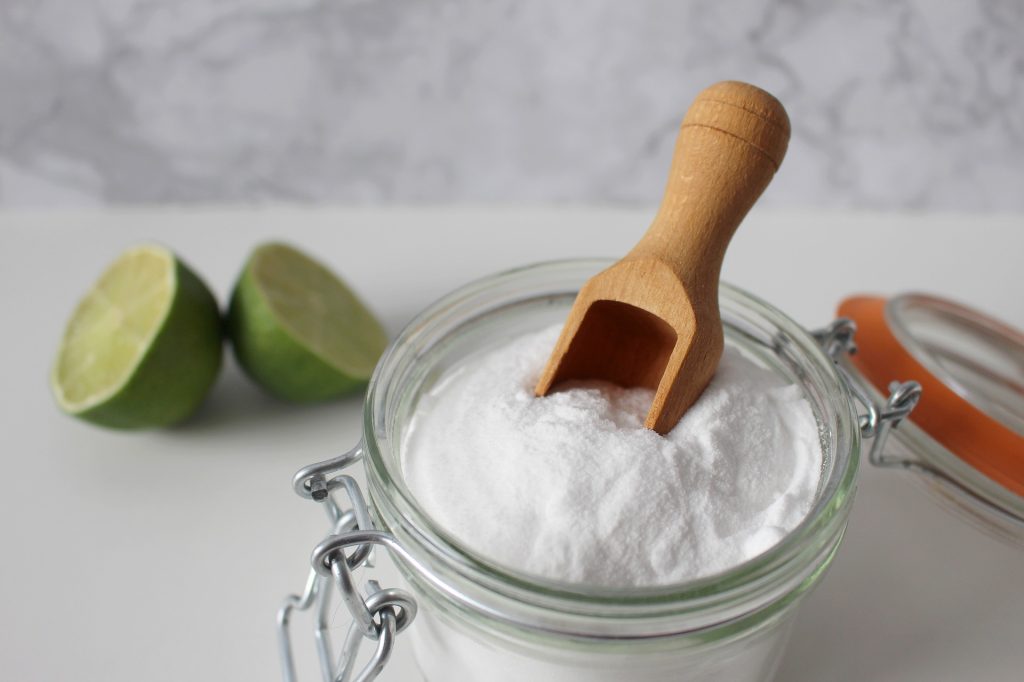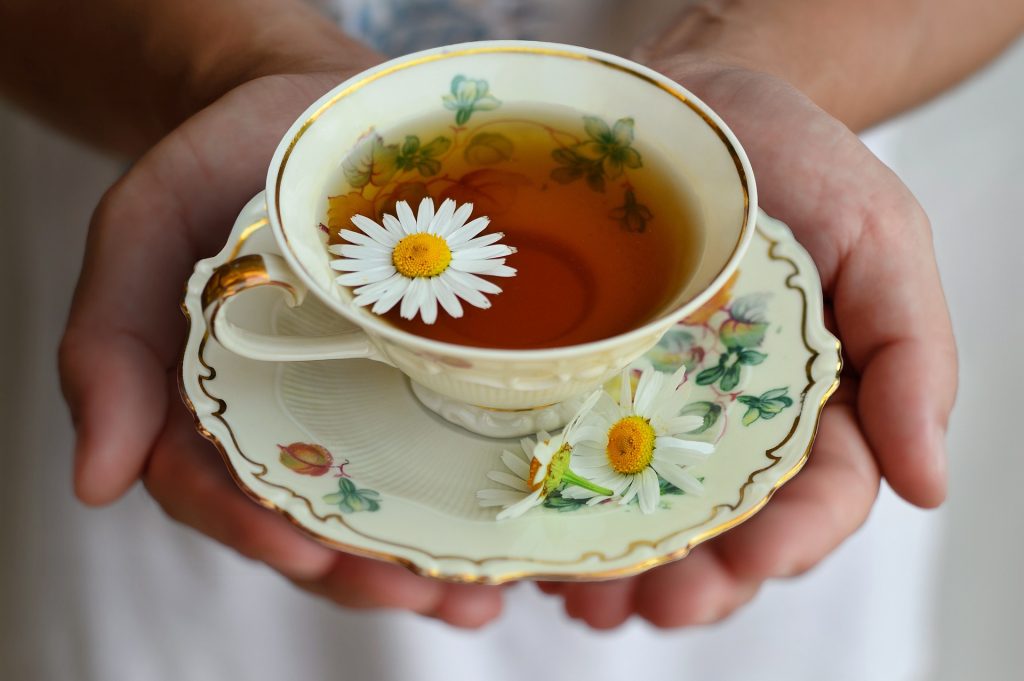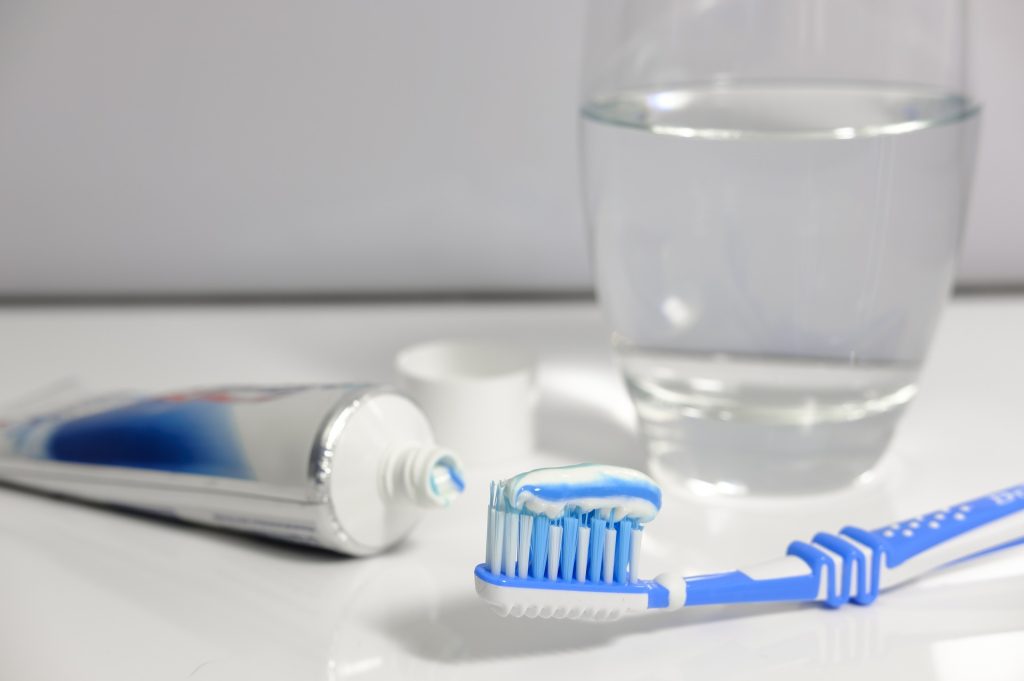According to the New Merck Manual of General Medical Information, gums are part of the structures that surround and support the teeth, which are made of connective tissue. However, they often go unnoticed until they become red and inflamed (gingivitis).
This is a very common disease that causes bleeding easily, but untreated gingivitis can cause serious damage to the oral cavity, even leading to tooth loss (periodontitis).
Proper dental hygiene helps keep your gums healthy. Poor hygiene leads to the build-up of bacteria (plaque) and eventually to the formation of tartar, which is usually the most common cause of gum inflammation.
Healthy gums are firm and pale pink and are well-supported around the teeth. Signs and symptoms of gingivitis include: dark red or purple gums, bad breath, and receding and tender gums.
If inflamed gums are not treated properly, they can cause serious periodontal disease, which affects 15 to 20% of middle-aged adults (35 to 44 years). It is the main cause of tooth loss, along with cavities. According to the World Health Organization (WHO), almost 30% of people aged 65 to 74 no longer have natural teeth.
How to reduce gum inflammation
Below you will find some tips recommended by the Association for Health Self-Care (Anefp) that you can take into account to reduce gum inflammation.
Visit a professional
First of all, it is best to visit a periodontist, since, of all dentists, this is the most suitable professional to treat gum problems.
Home remedies
Several home remedies can help reduce mild gum inflammation.
- You can use salt water mouthwashes or mix baking soda with a little water to create a paste, which you can gently rub on your gums in circular motions.

Sodium bicarbonate is a good regulator, with many medical uses and anti-inflammatory properties. (Photo Prensa Libre: Pixabay) - You can also rub your gums several times a day with a little aloe vera or grind some ginger, add a pinch of salt and water, and, with the resulting paste, massage your gums.
- Another option is to use a soothing tea bag and put it in boiling water, let the infusion rest, and add a teaspoon of honey .

- A very effective remedy right after brushing your teeth is to chew raw onion for a few minutes or prepare onion juice and apply it with a piece of cotton. This also helps reduce inflammation.
- Fresh lemon juice, simply add the juice to warm water and use it as a mouthwash three times a day. The same goes for cranberry juice, which can be used twice a day.
- Finally, you can also rinse your mouth with hydrogen peroxide. To do this, just add a couple of tablespoons of hydrogen peroxide to half a cup of warm water. This rinse is most effective if done right after brushing, so you can do it about three times a day.
Good oral hygiene
It is worth emphasizing that having good oral hygiene will reduce the likelihood of developing inflammation in the gums.
- Brush your teeth after every meal: it is important to do it for a long time and try to do it correctly, moving the brush back and forth with short movements that cover the teeth completely. Also, brush your tongue to eliminate bacteria and keep your breath fresh.
- Using dental floss: It is generally recommended to use it once a day, as it will help remove food debris that a toothbrush cannot remove. However, you must be careful about the floss you use, how often you use it, and how you perform your hygiene, as it can cause gum irritation.
- Be careful when using toothpaste and mouthwash: it is advisable to change brands if you experience sensitivity, discomfort, or pain with the products you use.
























+ There are no comments
Add yours